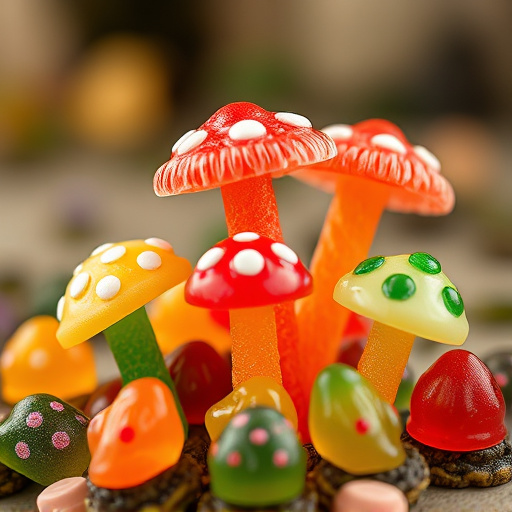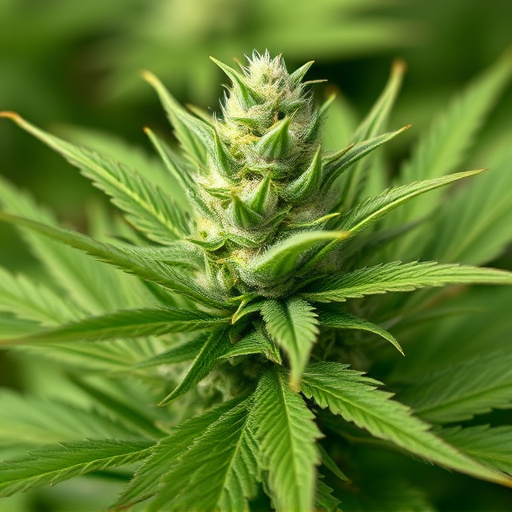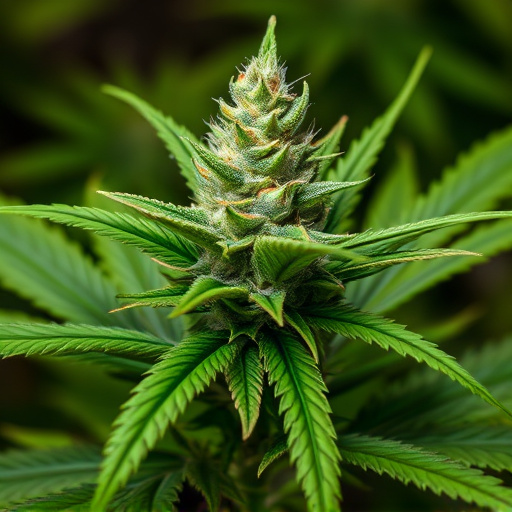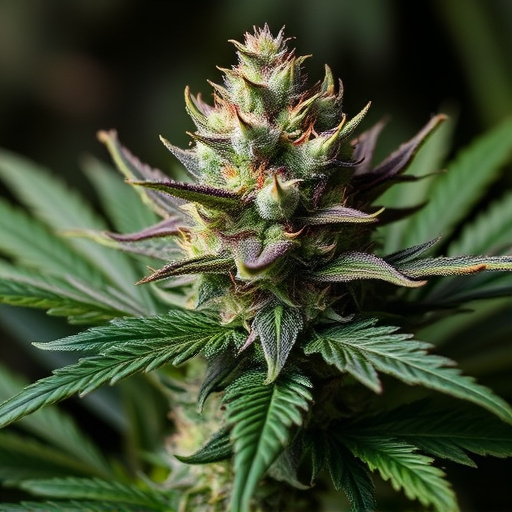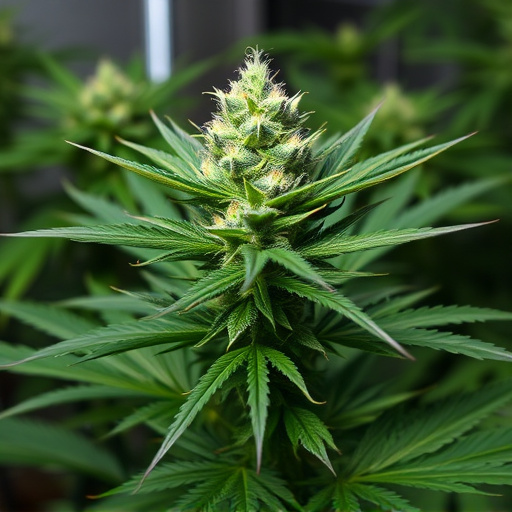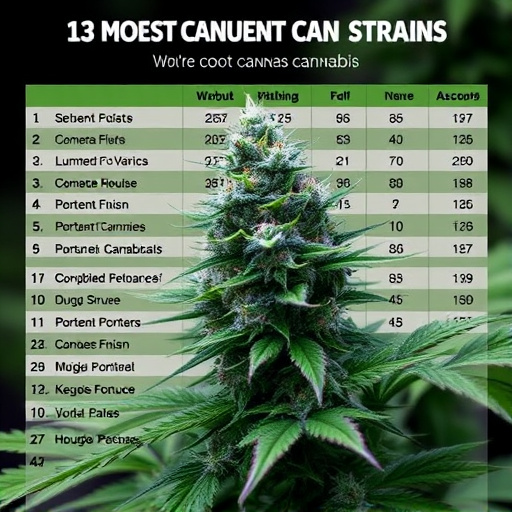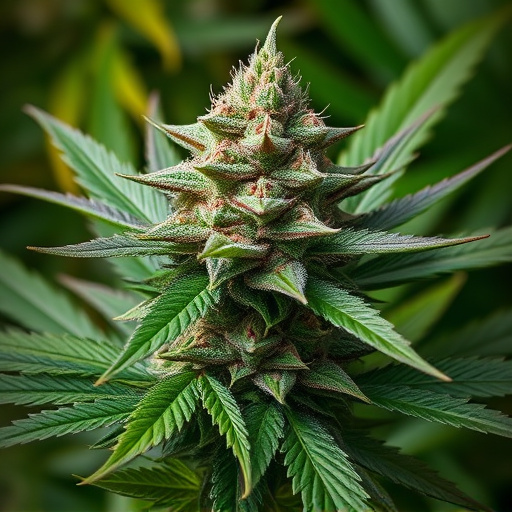The allure of high-potency cannabis, measured by THC levels above 20%, drives consumer choices. Growers use advanced cultivation and genetic selection methods to produce these powerful strains. The unique genetic makeup and terpene profiles significantly influence quality, potency, and user experience. Careful control of growing conditions and advanced processing techniques enhance cannabinoid production and terpene profiles, ensuring the best flavors, aromas, and effects in the most potent cannabis strains sought by enthusiasts.
“Uncovering the secrets behind ‘quality weed’ involves a complex web of factors. In this article, we explore the multifaceted determination of superior cannabis. From the genetic makeup and terpene profiles that dictate potency in various strains, to climate’s role in cultivation and consumer preferences shaping market trends—including an emphasis on the most potent cannabis strains—each element contributes to the intricate landscape of cannabis quality. Understanding these nuances is key to navigating the modern market.”
- Determining Potency in Cannabis Strains
- – Genetic makeup and terpene profiles
- – Methods of cultivation and processing
Determining Potency in Cannabis Strains

The potency of cannabis, measured in percentages of THC (tetrahydrocannabinol), is a primary factor that consumers look at when seeking the best quality weed. The most potent cannabis strains typically boast THC levels exceeding 20%, with some even reaching upwards of 30%. These high-potency varieties offer users a more intense experience, providing both physical and mental effects. However, it’s important to note that potency isn’t everything; balance is key. Strains with too much THC can lead to overwhelming or unpleasant experiences for less experienced consumers.
Determining the potency of cannabis strains involves careful cultivation practices. Growers use advanced techniques like clone selection, lighting control, and precise nutrition to maximize THC production. Additionally, specific genetic traits within different cannabis plant varieties contribute to their individual potencies. Consumers looking for the most potent cannabis strains should seek out cultivators known for their high-quality, potent offerings, ensuring a safe and enjoyable experience.
– Genetic makeup and terpene profiles
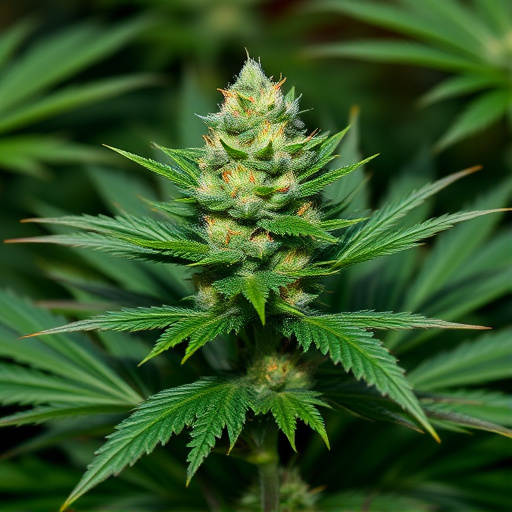
The genetic makeup and terpene profile of cannabis plants play a pivotal role in determining the quality, potency, and overall experience associated with what is often referred to as the most potent cannabis strains. Each strain possesses unique genetic traits that influence its characteristics, such as yield, flavor, aroma, and psychoactive effects. These genetic factors contribute to the distinct experiences users may have when consuming different strains.
Terpenes, on the other hand, are aromatic compounds produced by cannabis plants, often referred to as nature’s essential oils. They not only give each strain its recognizable scent and taste but also interact with the plant’s cannabinoids, like THC and CBD, to create complex flavor profiles. Specific terpene combinations can enhance or alter the effects of cannabinoids, making some strains more sought-after for their potent and pleasant user experiences among those seeking the most potent cannabis strains.
– Methods of cultivation and processing

The cultivation and processing methods play a pivotal role in determining the quality and potency of cannabis strains, often dubbed as the “most potent cannabis strains.” Farmers and growers employ various techniques to nurture plants, ensuring optimal environmental conditions for robust growth. This includes meticulous control over lighting, temperature, humidity, and nutrition, which collectively influence the plant’s physiology and cannabinoid production. For instance, advanced lighting systems and climate-controlled environments can dramatically enhance terpene profiles and elevate THC levels, making final products more potent and desirable.
Additionally, post-harvest processing techniques significantly impact final product quality. Careful extraction methods, such as CO2 or solvent-based extraction, are employed to isolate cannabinoids while preserving their integrity. Skilled processors meticulously curate these processes, ensuring the preservation of desired compounds, including minor cannabinoids and terpenes, that contribute to the overall flavor, aroma, and therapeutic effects of cannabis strains, solidifying their reputation among enthusiasts seeking the most potent cannabis strains available.
When it comes to achieving the best quality weed, understanding the factors that influence its potency is key. The unique genetic makeup and terpene profiles of different cannabis strains play a significant role in their effectiveness. Additionally, the cultivation methods employed and subsequent processing techniques contribute to the final product’s overall quality. By recognizing these elements, enthusiasts can navigate the market to find the most potent cannabis strains, ensuring an optimal experience.

